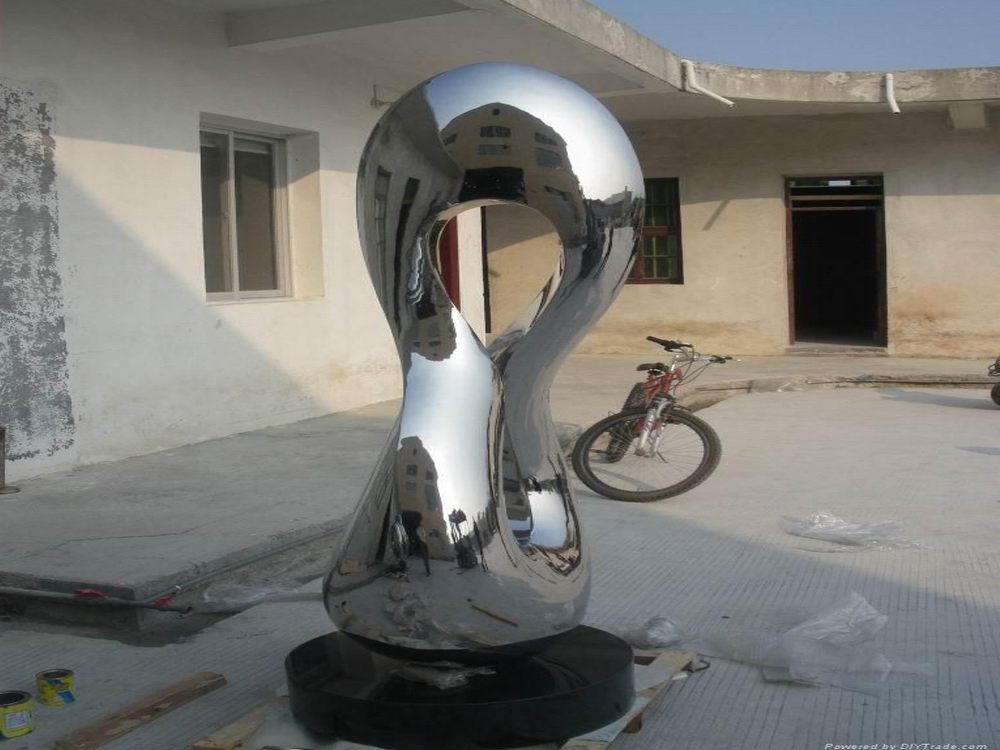
Wood carvers are masters of transforming raw timber into breathtaking works of art, and one of their most powerful tools isn’t a chisel or mallet—it’s light. By strategically manipulating light and shadow, they bring their sculptures to life with dramatic depth, texture, and emotion.
The interplay of light and shadow begins with the carver’s understanding of form. Deep cuts and sharp angles catch light differently than smooth, rounded surfaces, creating contrast that highlights details. For example, a carved face might feature deeply recessed eyes to cast shadows, enhancing the illusion of depth and expression. Similarly, intricate patterns or textures—like the feathers of a bird or the folds of fabric—are accentuated by directional lighting, making them appear more lifelike.
Carvers also consider the sculpture’s intended viewing environment. Outdoor pieces might rely on natural sunlight to shift shadows throughout the day, adding movement to static wood. Indoor sculptures, on the other hand, often depend on fixed lighting positions to emphasize specific features. Some artists even incorporate undercuts—areas carved beneath overhangs—to intensify shadows and create striking silhouettes.
The choice of wood plays a role too. Lighter woods like basswood reflect light softly, while darker woods like walnut absorb it, producing bolder contrasts. Finishes, such as matte or glossy varnishes, further alter how light interacts with the surface.
Ultimately, the magic lies in the carver’s ability to envision how light will dance across their creation. By mastering this dynamic relationship, they turn simple wood into captivating stories of light and dark.

